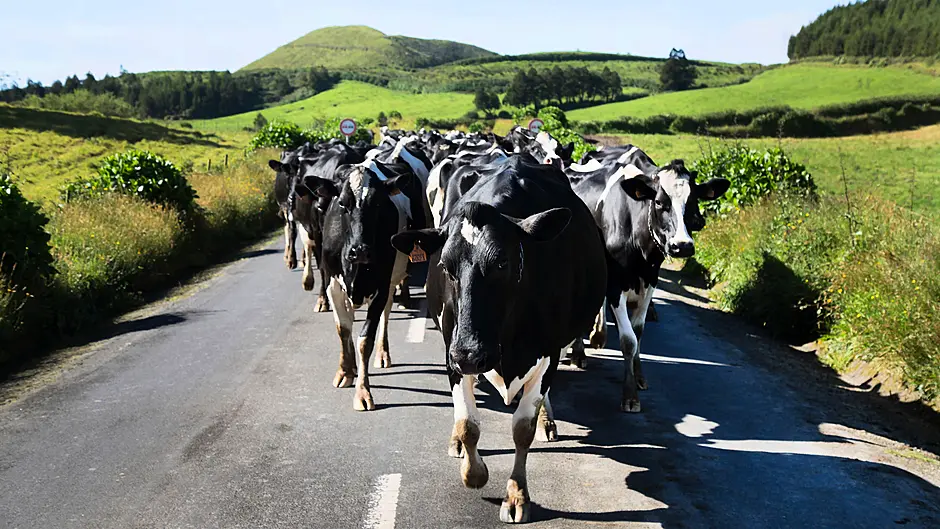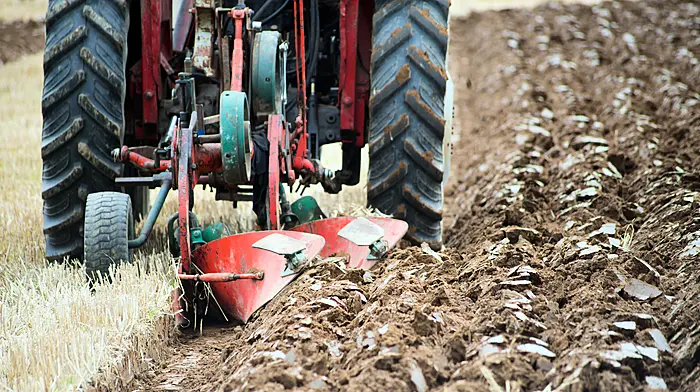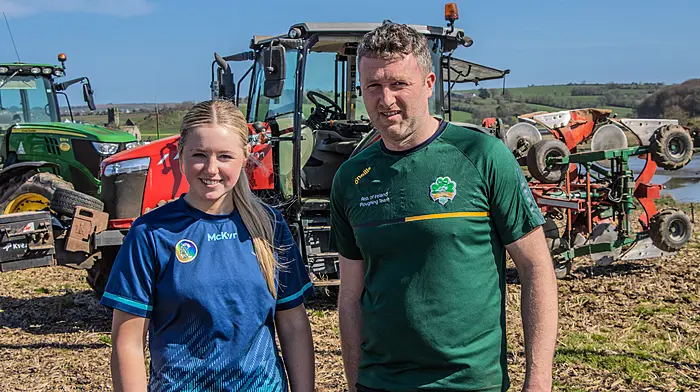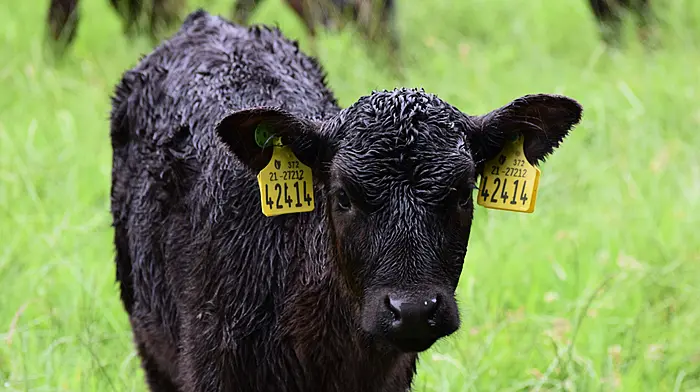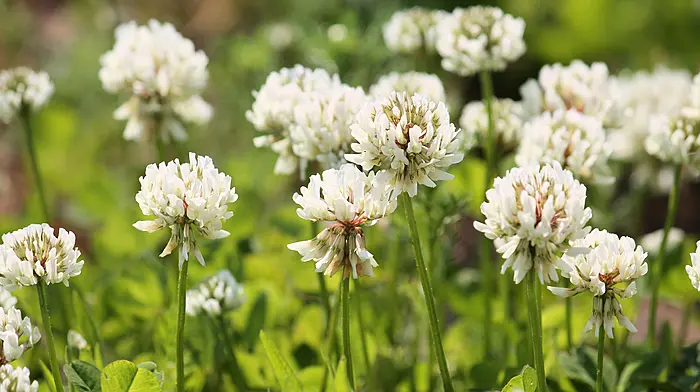AS the workload eases on the farm after a busy calving and breeding season, now’s a good time to assess where improvements can be made on the farm both financially and labour saving. One of the hidden costs when it comes to milking cows is lameness. It can also take up a lot of valuable time if the cow has to be kept in a separate paddock or increases the length of time it takes to get the cows to and from the milking parlour. When everything is included the cost of dairy cow lameness could be up to €300 per case, not to mention reduced animal welfare and the hassle factor of lame cows.
Work carried out by Moorepark showed a lameness rate of 4% in spring and over 7% in autumn, but with a large range across herds. Cows with problems in the spring were 10 times more likely to re-appear as lame in the autumn. The main lameness causes for a grazing herd are mechanical, eg, bruising, white line disease, ulcers, as opposed to infectious, eg Mortellaro, foul in the foot. The priorities are therefore related to surfaces and managing cow flow around milking times. Now is a good time to address issues on the farm before we move into the highest risk time of year. Here are some things to implement.
Problem Areas: small problem areas like standing water, poorly drained corners, broken surfaces, shading by overgrown trees, etc can cause major lameness problems. Identify and fix these as a first step.
Road Surfaces: are they in good enough condition? Small pebbles and grit are the main cause of white line disease. If this is observed at hoof trimming, then there is an issue to be fixed. Surfaces should be smooth and finished with a well-compacted surface material. Take an hour or two to walk farm roads and note the quality of the surface, getting a second opinion if possible.
Interface Area: the step from roadway to concrete can often be a cause of lameness due to pebbles being dragged onto the hard surface. Laying 8-10m of a material like astro-turf at yard or tunnel entries/exits has worked very well for many farms.
Road Verges: a common problem is buildup of grass/sods along the road over time, which impedes drainage. Remove these or at least break regular openings to provide drainage.
Cow Flow: in and out of the parlour – are there simple modifications that could be made, eg, remove sharp turns, provide matting on narrow parlour exits? Check the size of the collecting yard – providing more than 1.5 m2 per cow reduces stress on cows’ feet.
Hoof Trimming: lameness is a repeat offender problem. All cows that were treated during spring or have a previous history should be drafted for selective trimming before mid-August. Check all cows for rear hoof condition at milking – trim overgrown digits before clinical lameness emerges.
Foot Bath: for infectious disease control where identified. Follow a clear protocol for product use and schedule of treatments.
Poorly done foot-bathing is worse than no foot-bathing at all. Make sure to record all clinical cases and causes so that ongoing problems can be identified.
Now is a good time to act on any adjustments that need to be made while weather conditions are good and before we enter the high risk period ie when cows are heavier in-calf and ground conditions become soft.
• Mark O’Sullivan is a business and technology dairy advisor based in the Clonakilty advisory office in Darrara.

